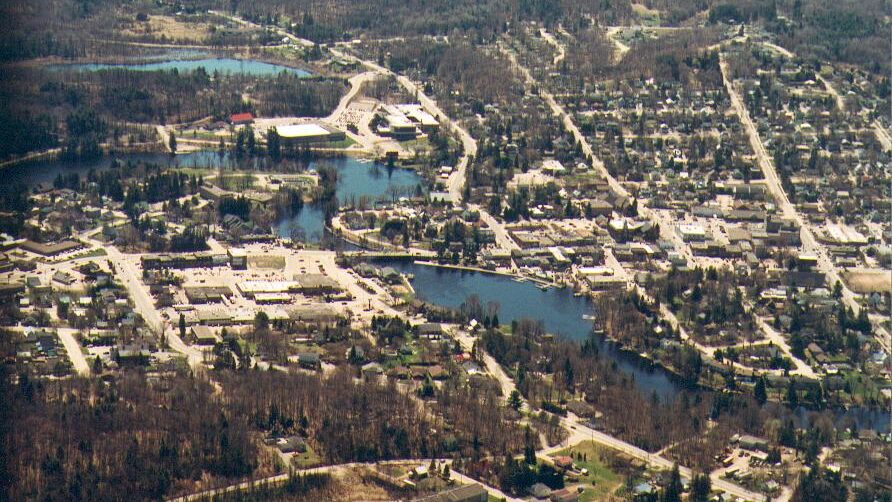Current planning is not doing enough to protect the Muskoka River Watershed
Nor is this planning helping the economy in our changing environment.
By Kevin Trimble.

This article is part of a series to show how Integrated Watershed Management (IWM) is the key to a sustainable future and a climate-resilient economy.
Before we can discuss IWM, we need to understand what’s not working with the status quo. The Muskoka River Watershed is under at least three major kinds of pressure, including climate change, flooding and land use. This article focusses on land use, which refers to the ways in which humans settle on, change, manage, and use the landscape and its natural features.
The Muskoka River Watershed is rich in natural infrastructure in the form of extensive areas under natural vegetation and numerous lakes and waterways. These natural features are vital to our economy and the quality of our lives (https://www.muskokaregion.com/opinion-story/10017241-the-importance-of-natural-infrastructure-in-muskoka/). Effective management will utilize, sustain and grow that natural infrastructure while allowing the development required to house our population and sustain our economy. Natural infrastructure performs many ecological processes or services, such as the natural regulation of water flow through the watershed. 50% of annual precipitation goes back to the atmosphere through evapotranspiration from forests.
Viewing the entire watershed is the best way to understand how our land use decisions affect natural infrastructure. Many of the ecosystem elements and processes that create and maintain natural infrastructure can be understood and measured at that scale.
The challenge is that the watershed is divided up into thirteen separate municipalities that make local land use decisions. Land use is also governed by four upper tier municipalities (Districts) as well as provincial and federal agencies.
The Provincial Policy Statement (PPS) provides direction and frameworks for municipal planning. The PPS calls for municipalities to use the watershed scale for “integrated and long-term planning” and for assessing cumulative effects of land development. However, provincial policy is interpreted differently, or filtered out, as it makes its way through various layers of government to our thirteen local municipalities.
Each municipality is doing its best to protect its important local environmental assets while making decisions that benefit its constituents. In one corner of the watershed a natural feature such as a forested swamp might seem common, expendable and valued mostly for development land. But to a municipality in another part of the watershed, that same feature might be critical for flood mitigation, water quality, carbon sequestration, biodiversity or habitat. There is no strategy to prioritize and link large tracts of habitat across all the municipalities in the watershed. The recent report by the Muskoka Watershed Advisory Group stated that decisions being made to meet a local need don’t necessarily consider the overarching importance of sustaining the inter-dependent watershed economy and environment.
Municipalities are currently governing land use without sufficient tools to even assess watershed goals, much less take steps to achieve them. So instead of coordinated progress toward protecting our greatest economic asset, the watershed ecosystem, we’re gradually making things worse (including flooding and climate change). The solution to this governance challenge is not to restructure municipalities or gut our existing system. Decisions on land use changes are already put through local and district processes to confirm site specifics, zoning and land use designations. Integrated Watershed Management won’t add a new layer of bureaucracy and rules; it will allow local municipalities to function autonomously but with better environmental tools that consider the whole watershed. This is the way to sustain natural infrastructure across the entire Muskoka River Watershed and still meet our socio-economic needs.
We will explore the “how’s” in upcoming articles in the IWM series.
Kevin Trimble is Past Chair of the Muskoka Watershed Council. He is a consultant living near Port Carling.
